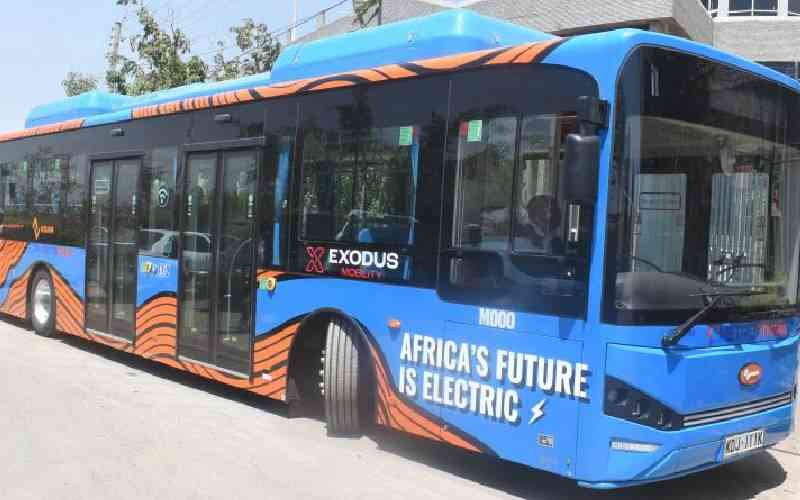×
The Standard e-Paper
Fearless, Trusted News

As the sun rises over the picturesque landscapes of Kenya, a new dawn is breaking, one that promises a brighter and more sustainable future.
Renowned for its rich biodiversity and vibrant culture, Kenya is now making bold strides towards a greener horizon by embracing the power of renewable energy. With its commitment to reducing carbon emissions and fostering environmental resilience, Kenya stands as a beacon of hope in the fight against climate change.